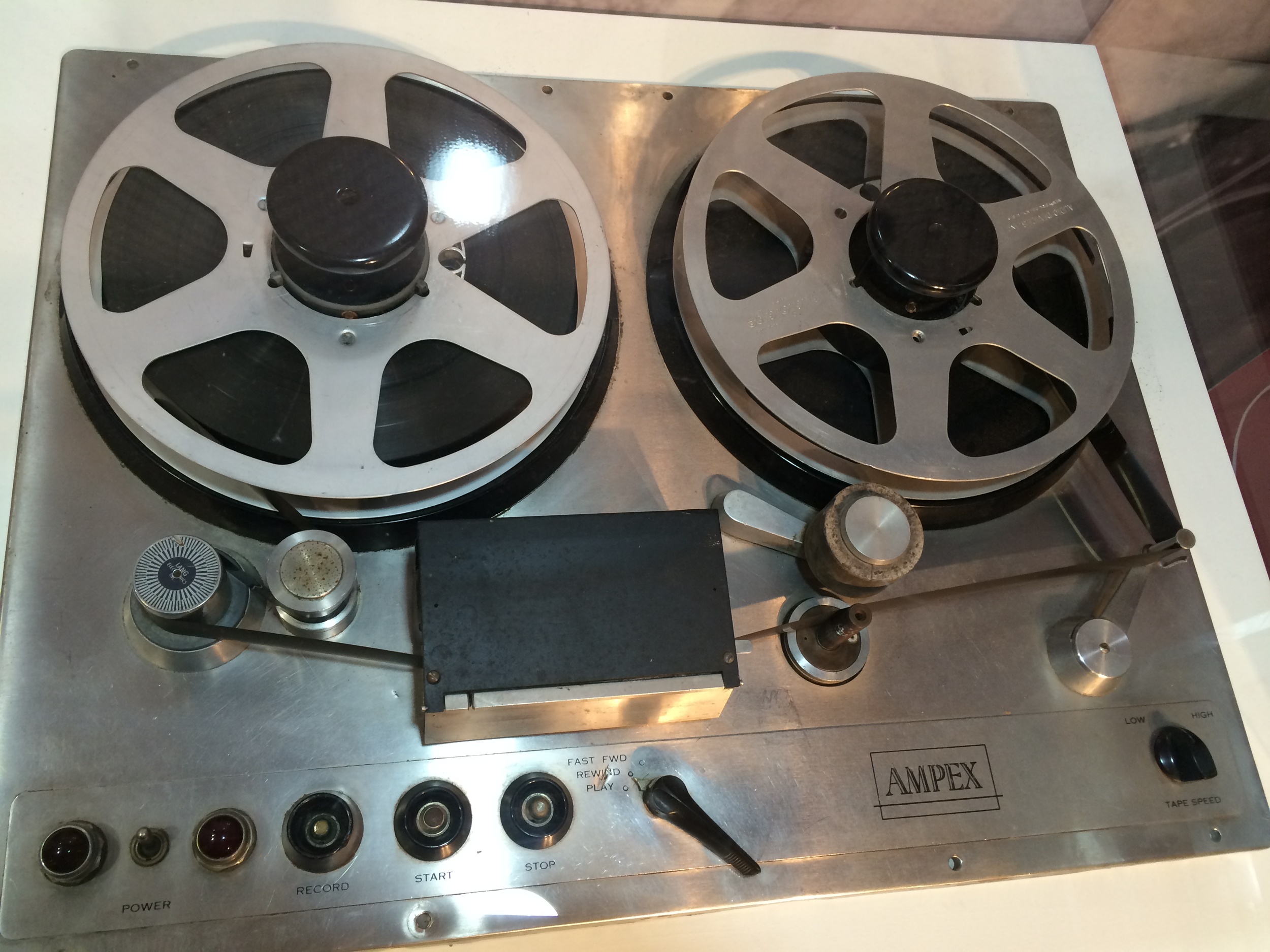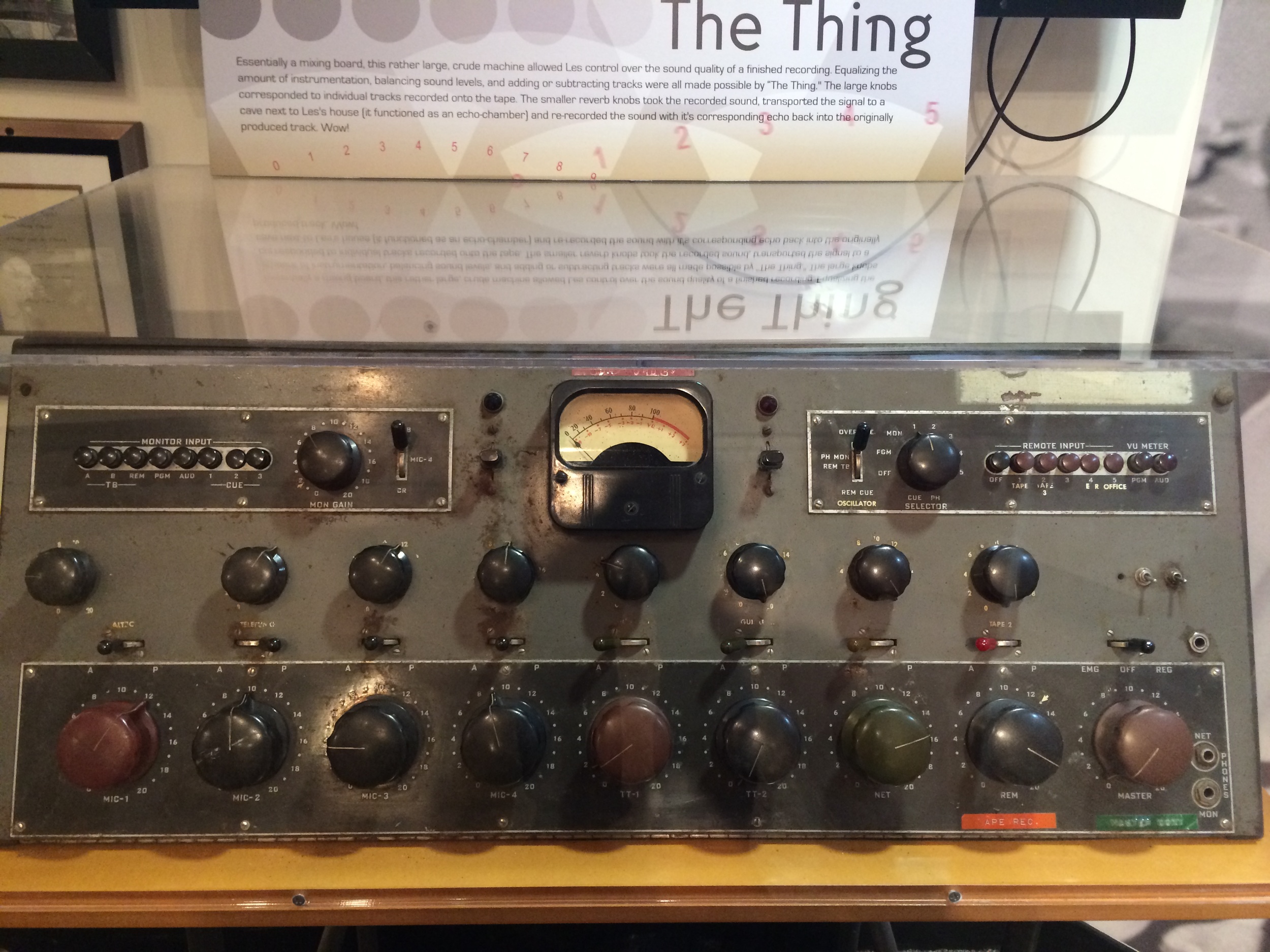"You don't get to go live on the space station because you're a myopic idiot. So you don't need to treat the people that are speaking on behalf of the program as if their myopia and inherent idoacy will constantly cause them to say bad things."
Successful communication of your ideas can be just as important as the idea itself.
There is a stereotype that scientifically inclined people have communication problems. Scientists are seen as folks that can only speak with other scientists, either because they lack the basic communication skills or because they view themselves as above other non-scientific people. I've definitely seen both cases of this, but it's a small minority. Part of the mission of this blog is to eliminate this stereotype.
The above quote about myopic idiots by Chris Hadfield, former International Space Shuttle (ISS) Commander, speaks to the importance of opening our space research to all. The scientists and others involved with getting machinery and humans into space and back again should be trusted to share the awesomeness with others. Astronauts in particular are trained to do incredible things - why not share it to as many people as possible?
It's so funny to see Hadfield participate in a video chat from Earth. He's been a prolific fixture in audio and video chats during his time in space, so I'm used to seeing him in a spacesuit. Check out the Google+ hangout below where Hadfield speaks about the space program and the need to be open and communicate the value of NASA and other government organizations.











